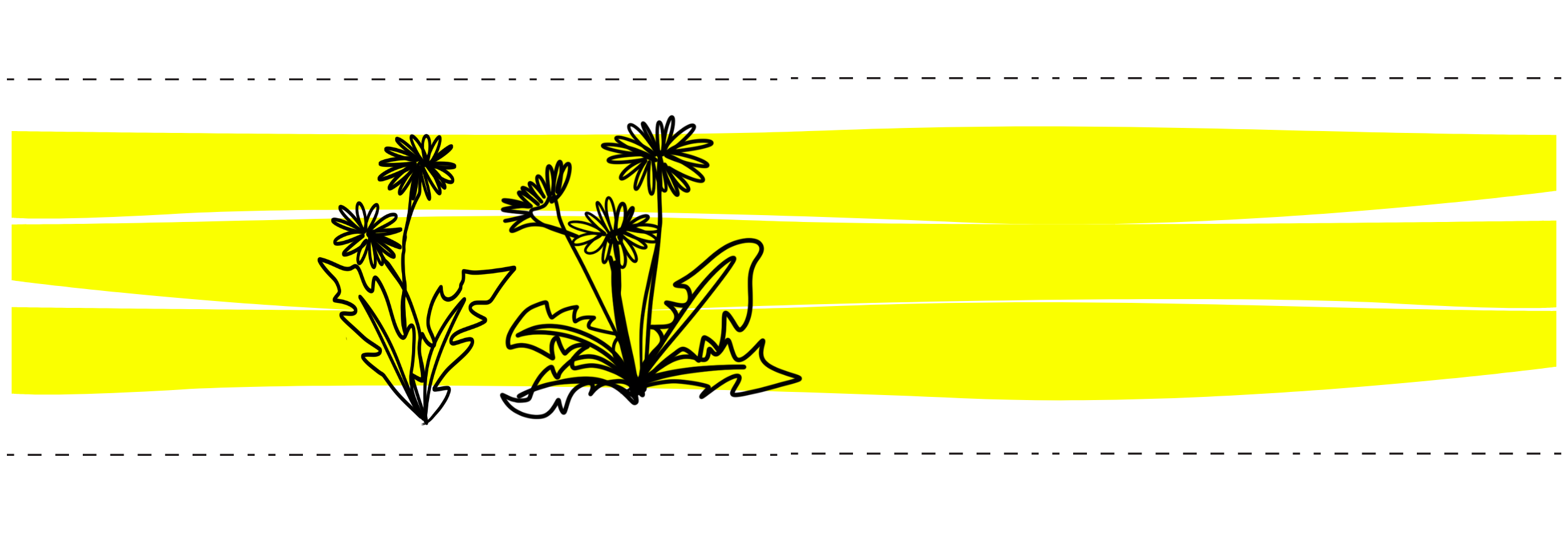Planning for Individual and Collective Needs
Working with Young People
Planning for individual and collective needs means considering individual differences from the outset of your program. By considering differences from the onset, we prepare to meet the needs of diverse bodies, minds, and spirits.
Download a PDF of the guided prompts for this section or view below
Planning for Individual and Collective Needs
Planning for individual and collective needs means considering individual differences from the outset of your program. By considering differences from the onset, we prepare to meet the needs of diverse bodies, minds, and spirits.
We anticipate and deproblematize difference.
Difference is expected and considered in how we plan and facilitate our program.
Anticipating difference is a way to increase accessibility by reducing barriers to participation. This includes considering the physical design of spaces (such as designing or choosing spaces with ramps for wheelchair access) and applies to the pedagogical design of educational programs. Rather than waiting to respond to individual differences as they arise (as this often makes the participant feel as though this is a problem residing with them), we can present information in a multitude of ways so that the information can get across more meaningfully to everyone. Planning for difference not only increases accessibility to those with disabilities, but also to every individual. For instance, a ramp is not only helpful for those in wheelchairs, but also for strollers or those who have difficulty with stairs. Disabilities are both visible and invisible, affecting people in different ways. Disclosing disability should be welcomed but not mandatory to access additional support.
Rather than requiring participants to disclose specific conditions, you can ask all participants what forms of participation are best for them and what supports they would like to access. It is helpful to consider what supports you may be able to provide to encourage participants to feel comfortable asking for support. Supporting disabled youth is not something that can be easily put into a guidebook as it can be deeply personal and specific. We do however want to offer some things to consider in order to lessen the problematic ways we might unconsciously enact ableism in our work with young people.
What opportunities do youth have to make decisions about their participation?
The availability of choice is a critical step towards accessible and safe programming.
Offering many ways to participate, as well as including youth in the decision-making processes of the program themselves, can help to signal to youth that they are valued for who they are and that additional support they may benefit from could be provided.
Reflect on an activity or area of programming (eg. garden work or something from your own programming), what opportunities do youth have to make decisions about their participation? Are there different stations or options that they could choose from? What could various forms of participation look like?
What barriers (physical, attitudinal, pedagogical, financial) exist within the program and how can you work towards removing them?
Setting the intention to create an inclusive space is a crucial first step in welcoming diverse young people into your program. There may be barriers that seem daunting or impossible to change, but identifying them allows us to consider how we might adapt the way we deliver programs in order to begin dismantling barriers to participation.
Anticipating difference and diverse participation, what barriers (physical, attitudinal, pedagogical, financial) might exist within your program and how can you work towards removing them?

Suggested citation:
Tkaronto CIRCLE Lab. (2023). Planning for Individual and Collective Needs [Land Education Dreambook]. https://www.landeducationdreambook.com/planning-for-individual-and-collective-needs
